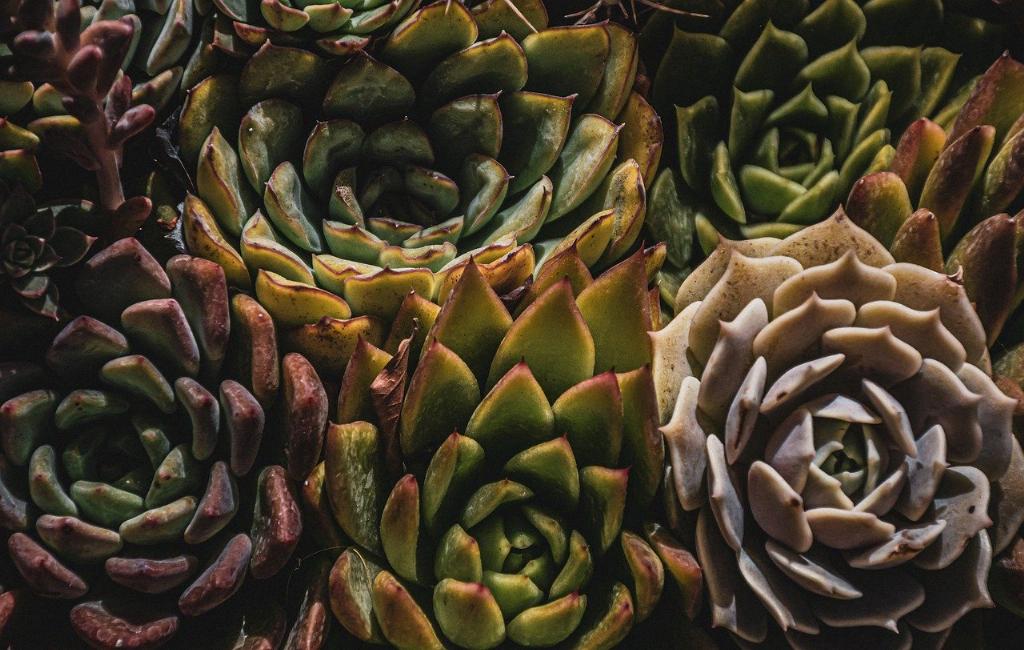When it comes to the size of succulent plants, there is a wide range of variety among different species. Some succulents, such as the sprawling ones, have the capacity to cover a significant area, with just one plant extending up to 1 foot. This makes them excellent choices for ground cover in gardens or landscaping.
Despite the potential for sprawling growth, many succulents are known for their low-growing nature. Typically, most succulents stay relatively small, with heights rarely exceeding 9 inches. This compact size is one of the reasons why succulents are popular choices for indoor plant enthusiasts, as they can fit well on windowsills, desks, or shelves.
It’s important to note that the size of succulents can also depend on various factors such as the specific species, growing conditions, and care provided. Some succulents, like the Sempervivum or Echeveria, tend to stay small and compact, making them ideal for arrangements or terrariums.
On the other hand, certain succulent species, like the Kalanchoe or Agave, have the potential to grow larger and taller. These succulents can reach heights beyond the typical 9 inches, with some varieties even growing up to several feet in height. Their striking appearance and architectural form make them standout additions to gardens and landscapes.
When cultivating succulents, it’s essential to consider their growth habits and space requirements. Some succulents have a clustering growth habit, where new offsets or pups emerge from the main plant, eventually creating a dense clump of foliage. This growth pattern can result in a wider spread, even if the individual plants remain relatively small in size.
Moreover, the pot or container size can also influence the growth of succulents. Larger containers provide more room for the roots to spread out, allowing the plant to potentially grow bigger. However, it’s crucial to ensure proper drainage in larger pots to prevent waterlogged soil, which can be detrimental to succulents’ health.
In addition to their size, succulents are valued for their diverse range of shapes, textures, and colors. From the spiky leaves of Haworthia to the chubby rosettes of Sempervivum, each succulent species brings its unique aesthetic appeal to any setting. The varying growth habits and forms of succulents offer endless possibilities for creative arrangements and displays.
Some succulents, like the Aloe or Yucca, may produce tall flower stalks that add an extra dimension to their overall size. These blooms can elevate the plant’s height temporarily, creating a striking focal point in gardens or indoor spaces. The flowers themselves come in a wide array of colors, further enhancing the visual appeal of succulent displays.
When selecting succulents for your collection, it’s essential to consider not only their size potential but also their growth requirements and compatibility with your existing plants. Mixing different types of succulents can create captivating contrasts in terms of size, color, and form, leading to visually dynamic arrangements.
Overall, the size of succulent plants can vary significantly depending on the species, growing conditions, and care provided. Whether you prefer small, compact succulents or larger, statement-making specimens, there is a diverse array of options to explore within the world of succulent gardening. Embrace the beauty and uniqueness of each succulent’s growth patterns, and let your creativity flourish in cultivating these charming plants.

